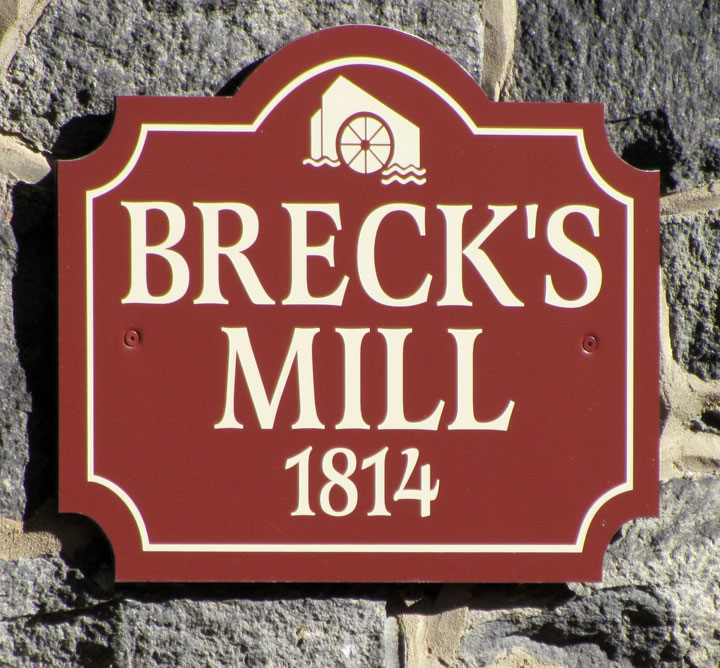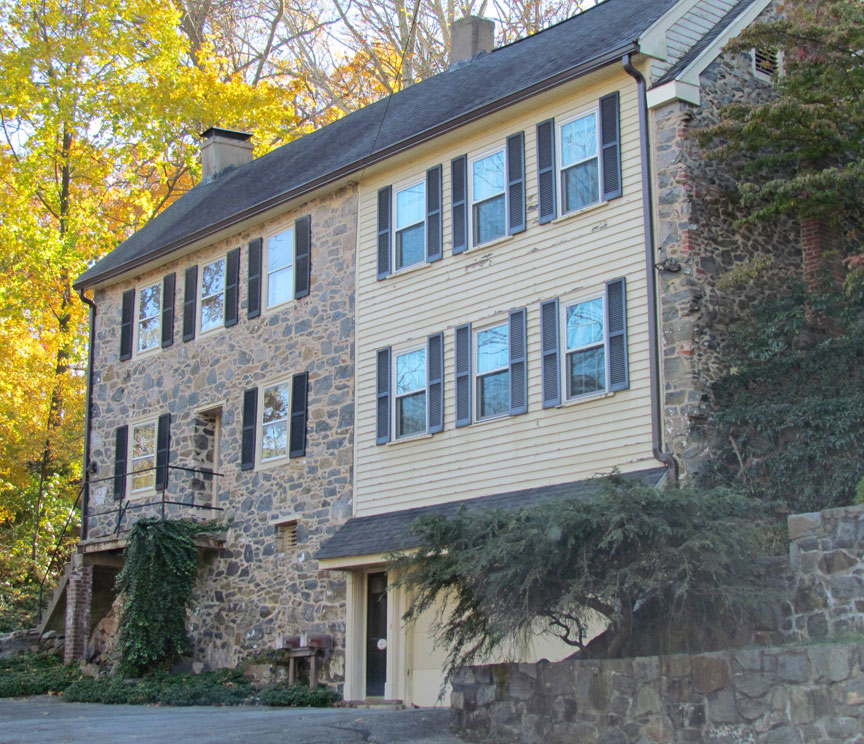

Hagley Museum
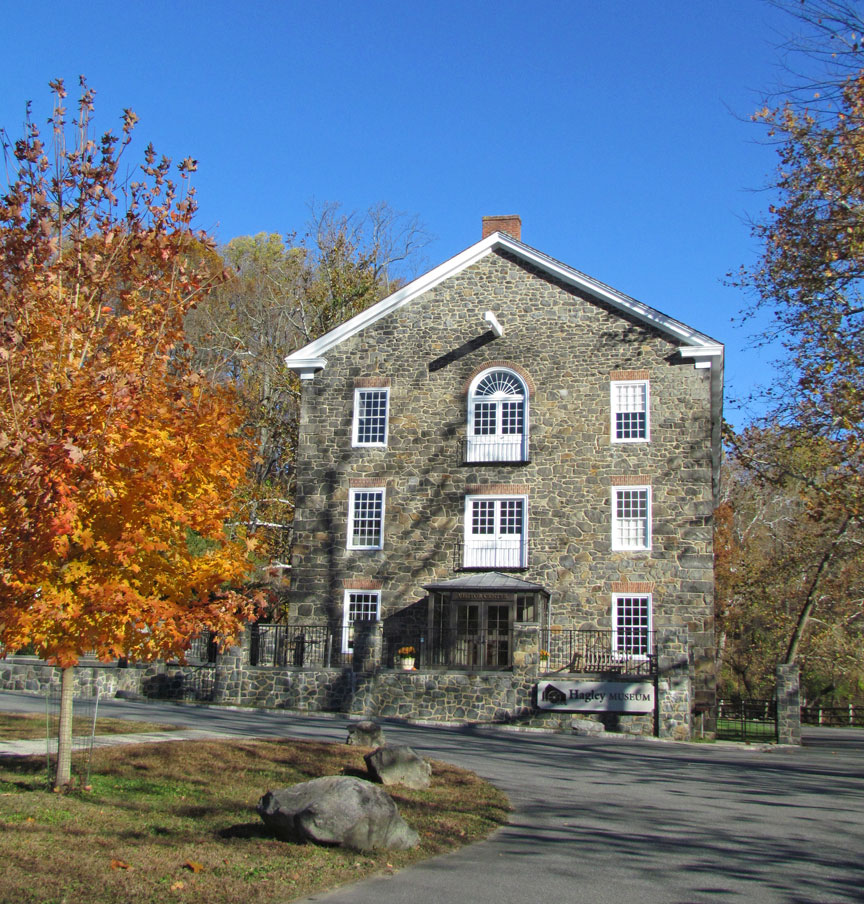
Hagley Museum
The Hagley Museum exhibits history from the early years of the du Pont family and corporation in the Brandywine Valley. It features the original du Pont mills, estate and gardens. The museum opened in 1957. The Hagley Museum and Library extends over 235 acres (0.95 kmē) along the banks of the Brandywine Creek. Exhibits and demonstrations showcase the connections between early industrial technology and early American history. The Hagley Museum also exhibits personal stories of the people who worked for the DuPont Company in the nineteenth century, how they lived, and how their lifestyles changed during a century in tune with new machinery and new production methods in their workplace.
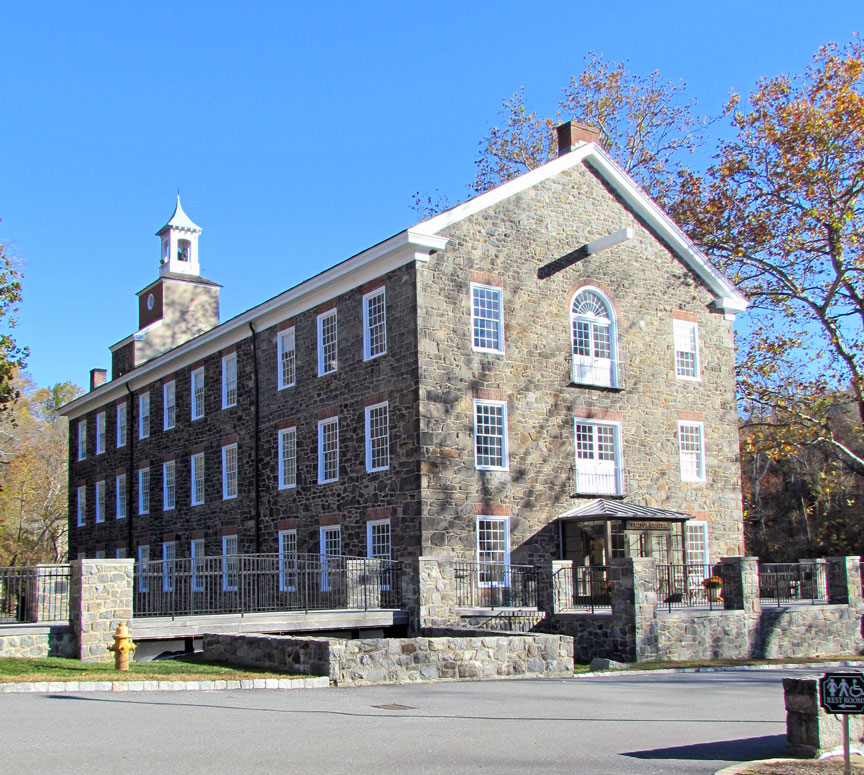
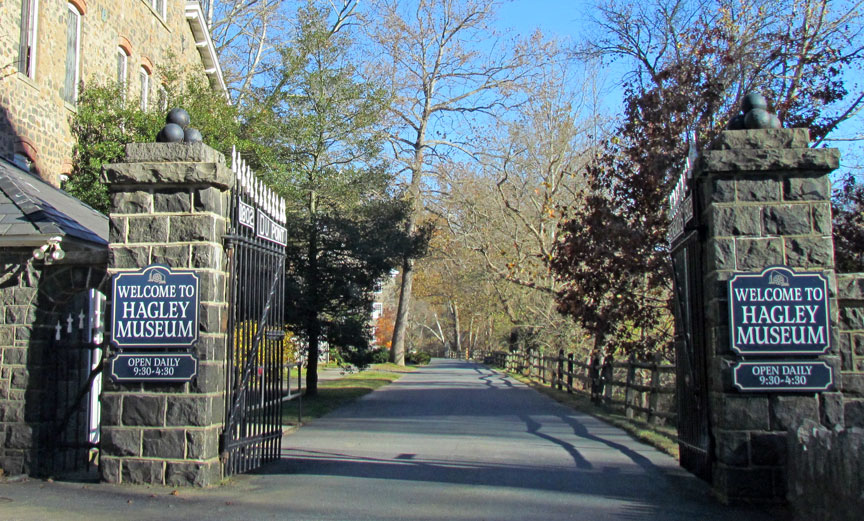
In 1802 a French immigrant, Eleuthere Irenee du Pont, chose the banks of
Brandywine Creek to start his black powder mills. He chose the location because
of the natural energy that the water provided; the availability of timber and
willow trees (used to produce quality charcoal required for superior black
powder); the proximity to the Delaware River (on which other ingredients of the
powder, sulfur, and saltpeter could be shipped); and the quarries of granite
which would provide building materials for the mills.
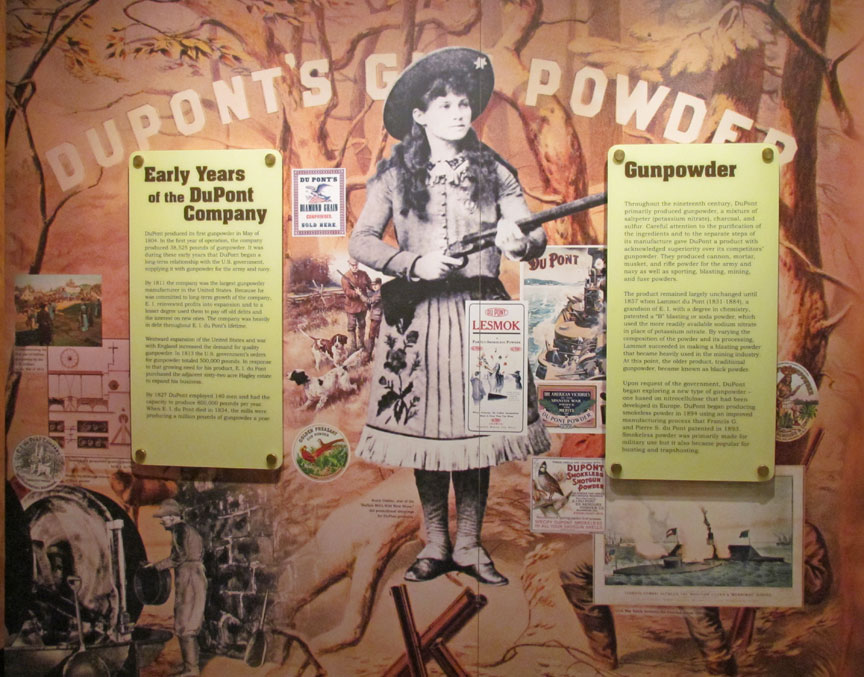
The E. I. du Pont de Nemours & Company's black powder manufactory became the largest in the world. In 1921 the mills along the Brandywine closed and parcels of the property were sold. It was on the occasion of the DuPont Company's 150th anniversary in 1952,that plans for a museum were established. Of course this is the site that began the DuPont legacy and it is located at the midpoint of the DuPont Historic Corridor.
Text from Wikipedia
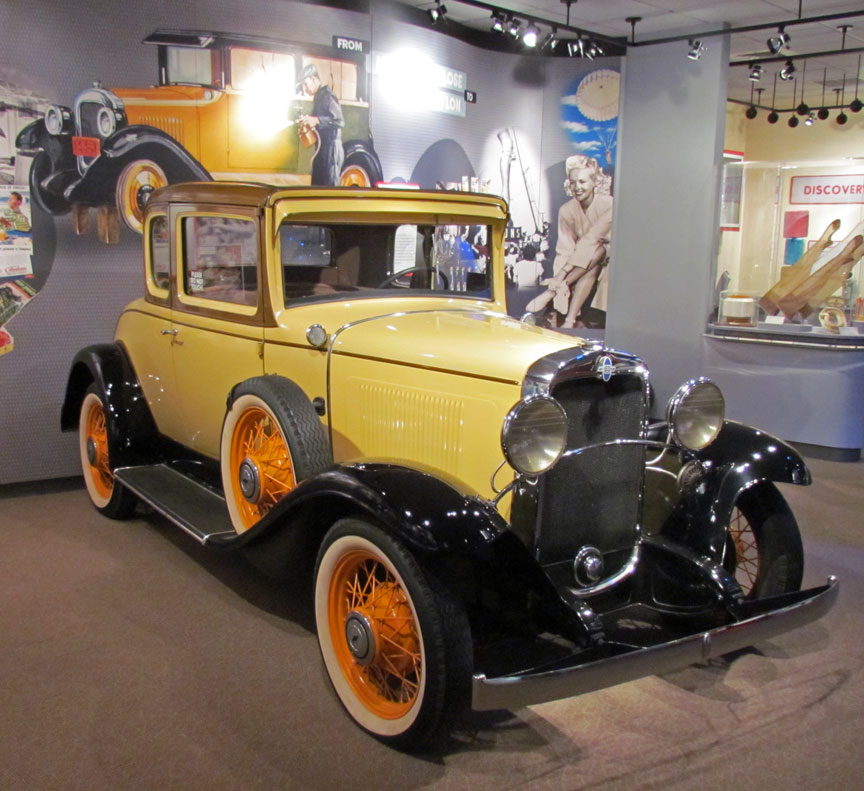
DuPont was close to General Motors though the supplying of auto paint
Water driven Mills
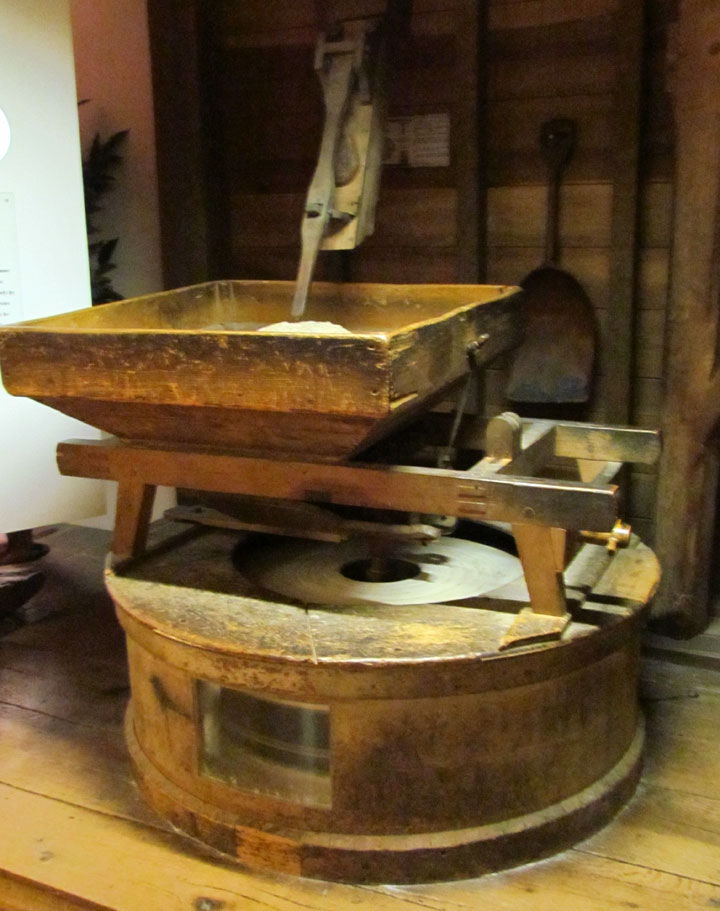
grain grinding mill

on the left
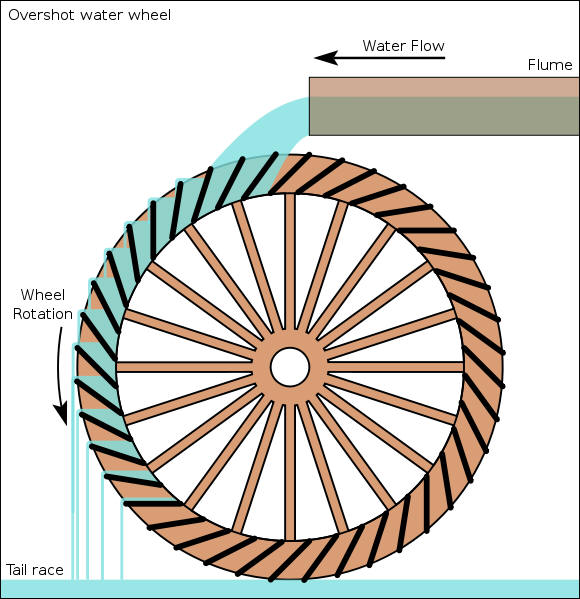

0n the right
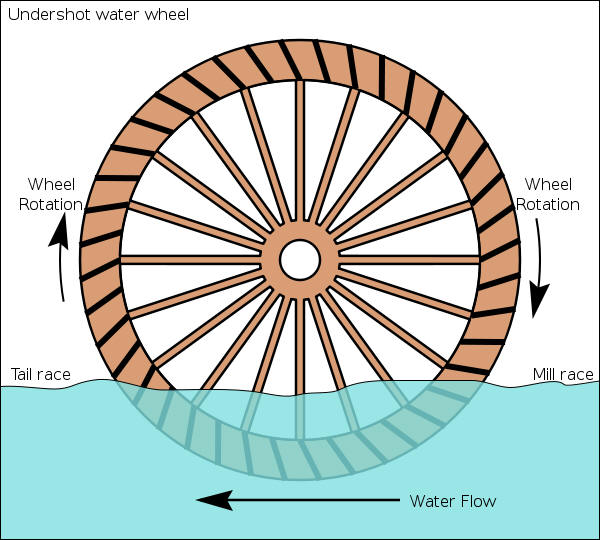

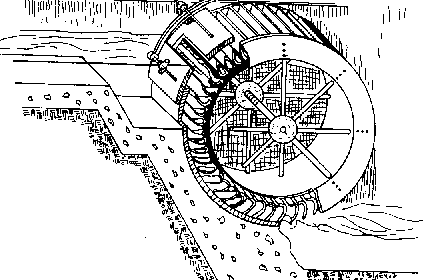
Breast Wheel
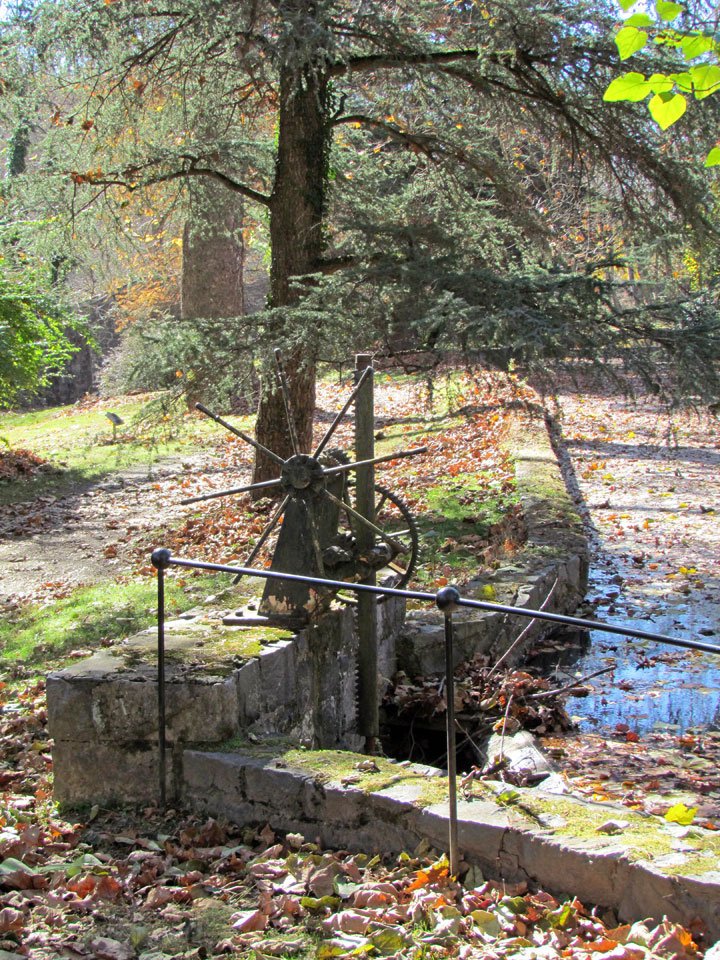
sleuth gate for the mill race
E. I. du Pont de Nemours and Company

The first domestic supplies of high-quality gunpowder were made in the USA by E. I. du Pont de Nemours and Company. The company was founded in 1802 by E.I. du Pont, two years after he and his family left France to escape the French Revolution.

They set up the Eleutherian gunpowder mill on the Brandywine Creek just north of
Wilmington, Delaware, based on gunpowder machinery bought from France and site
plans for a gunpowder mill supplied by the French Government. They also built
housing for 30 workers.
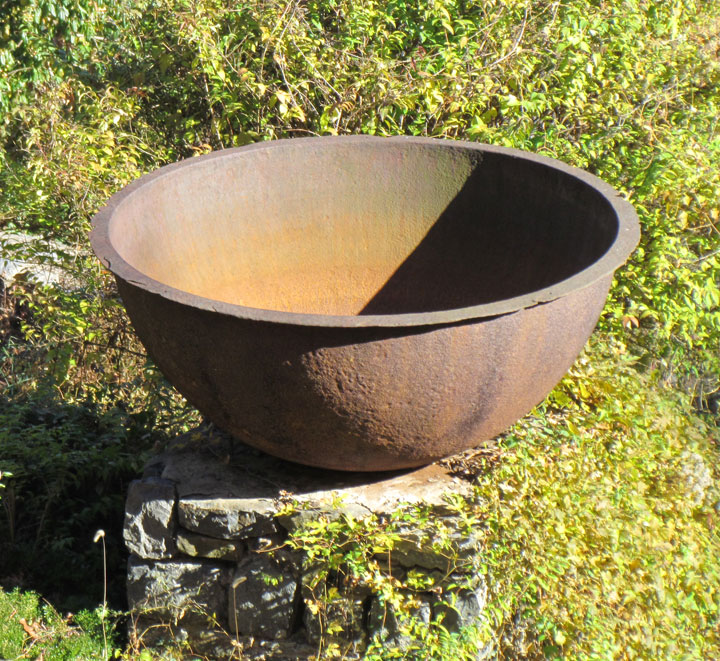
Starting, initially, by reworking damaged gunpowder and refining saltpetre for
the US Government they quickly moved into gunpowder manufacture.
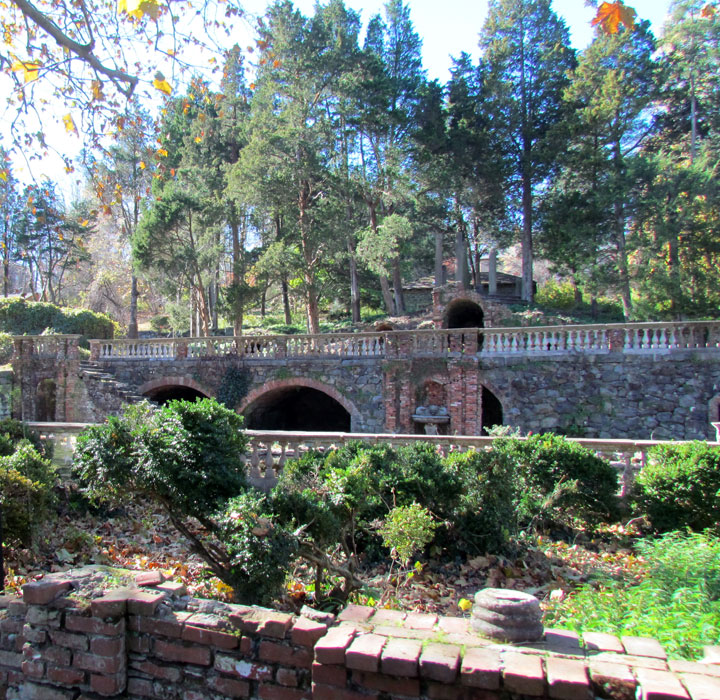
formal garden
Saltpetre was refined in an area between the house and the mills that now is occupied by a formal garden. Charcoal was produced from the willow trees that lined the Brandywine.
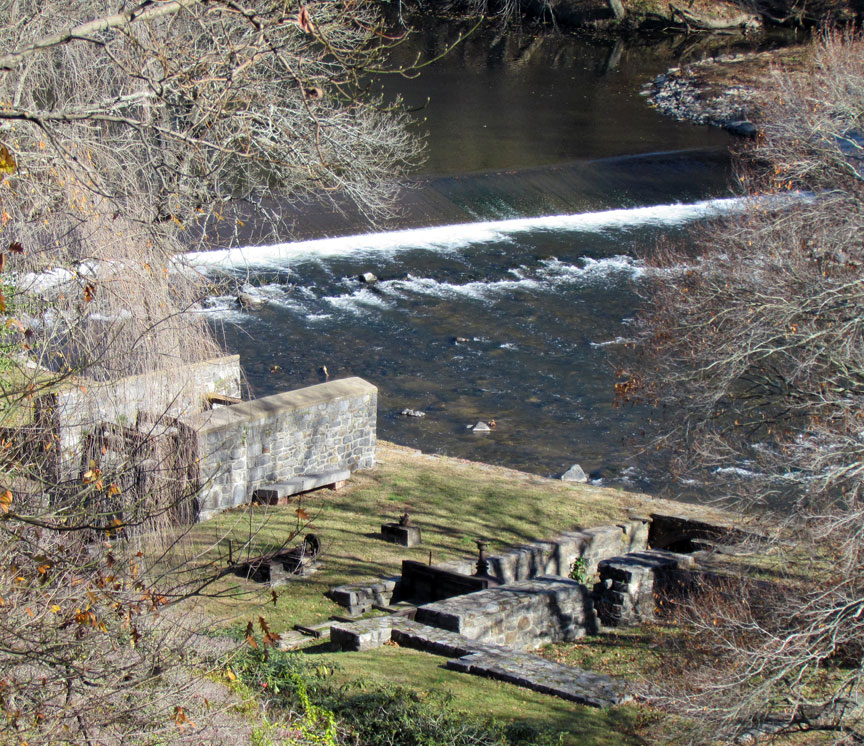
the remains of the powder works as seen from the residence
By the end of 1804, DuPont had sold 39,000 pounds of powder; the following year sales tripled. The Federal government and John Jacob Astor's American Fur Company became regular customers. In 1813 the Hagley property, just downstream from the original mills, was purchased, doubling the size and capacity of the mills. Sales grew during the Mexican-American War and the Crimean War. During the American Civil War, the firm sold 4,000,000 barrels of powder to the Federal government.

A major explosion killed 33 people in 1818. Another major explosion occurred on
the site in 1847. In 1854 three gunpowder wagons exploded in the city of
Wilmington.

mill building
The mill buildings used in the
manufacture of gunpowder were built with strong stone-walled structures on three
sides; but were only covered by light wood structures on the fourth side, which
faced out onto the Brandywine Creek. When an accident occurred, the explosion
was directed away from the other mills and storage areas and over the creek.
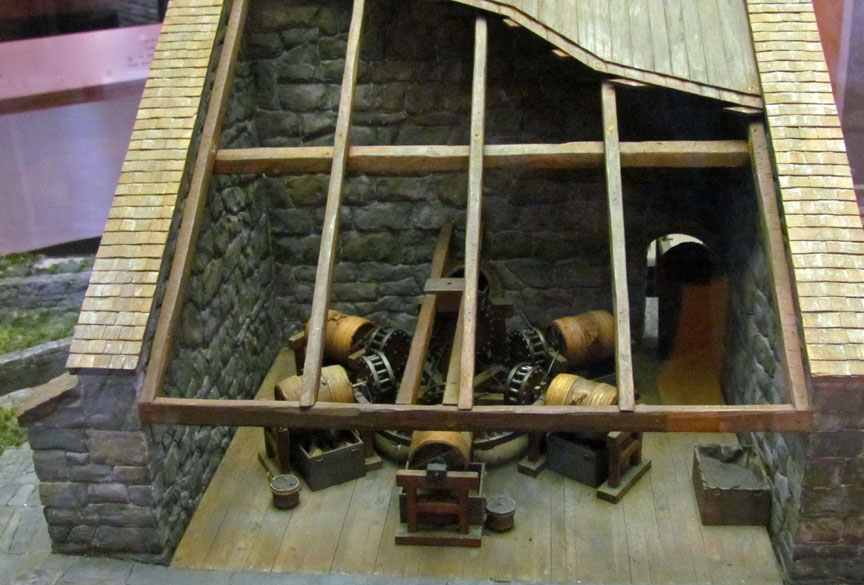
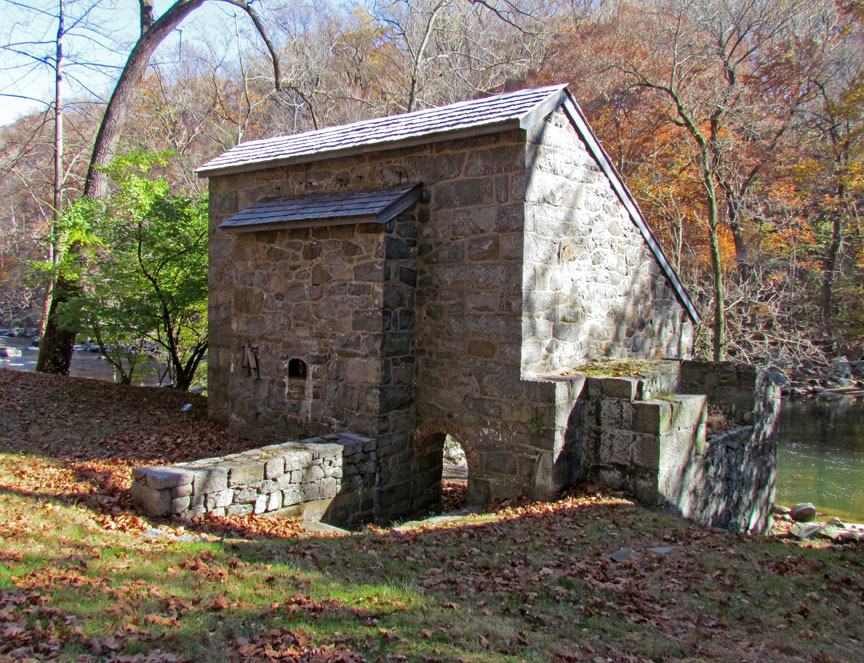
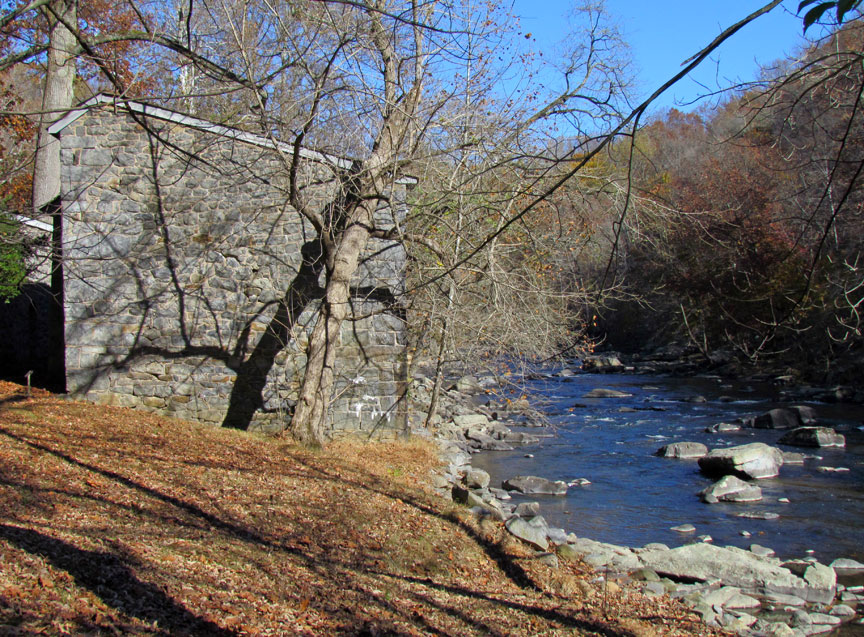
on the Brandywine
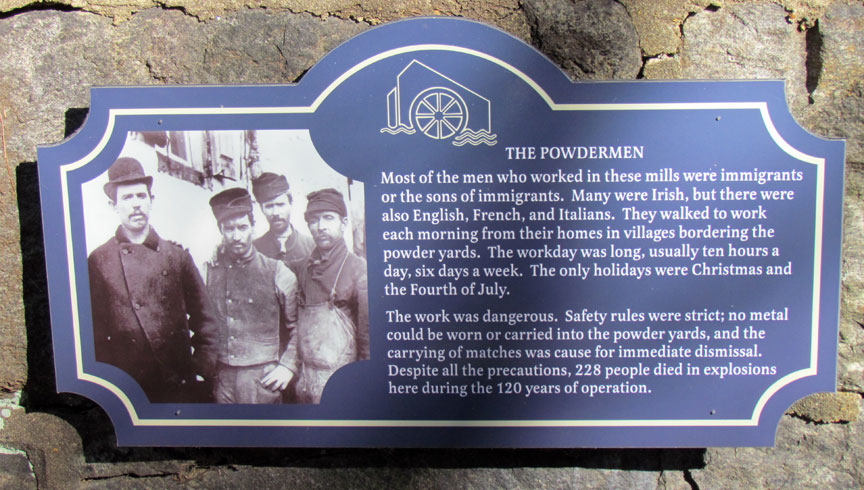
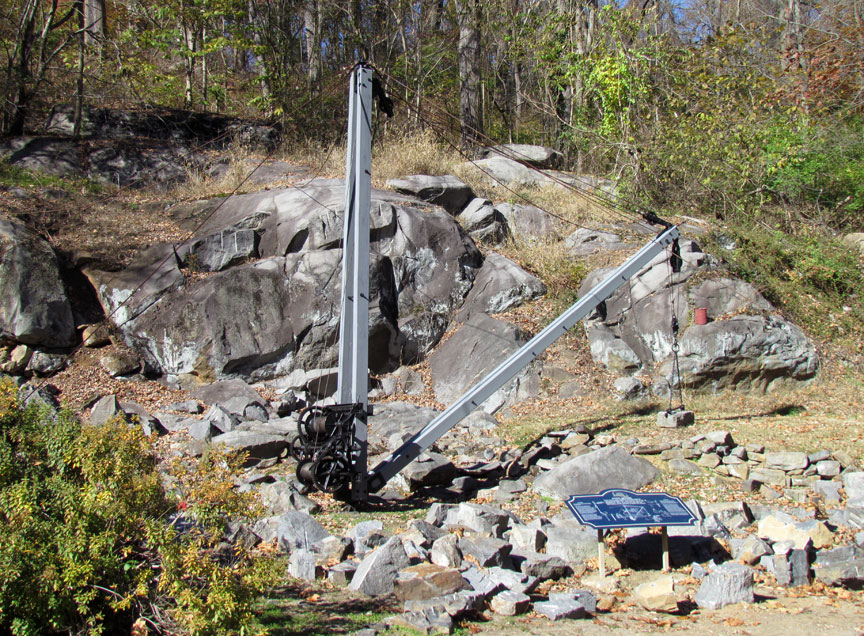
where the building stone was quarried
Steam Engine House
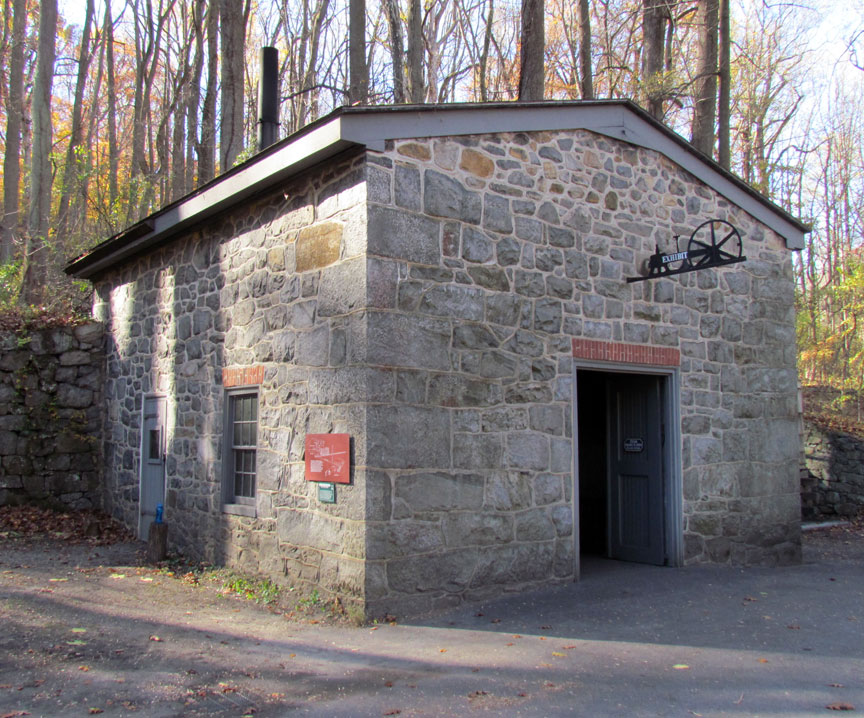
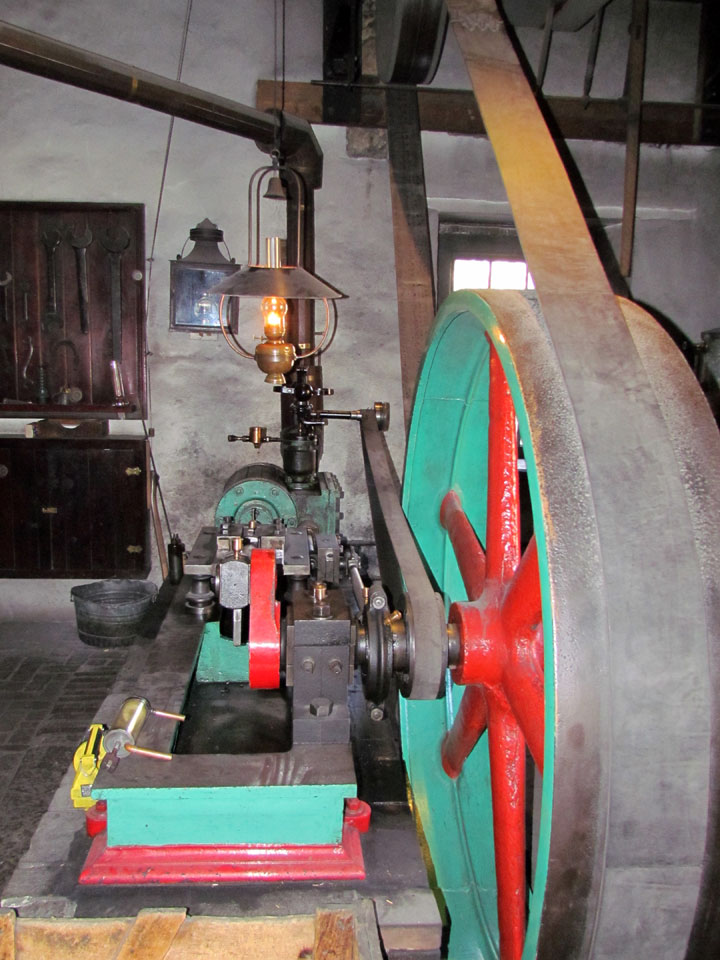
steam engine
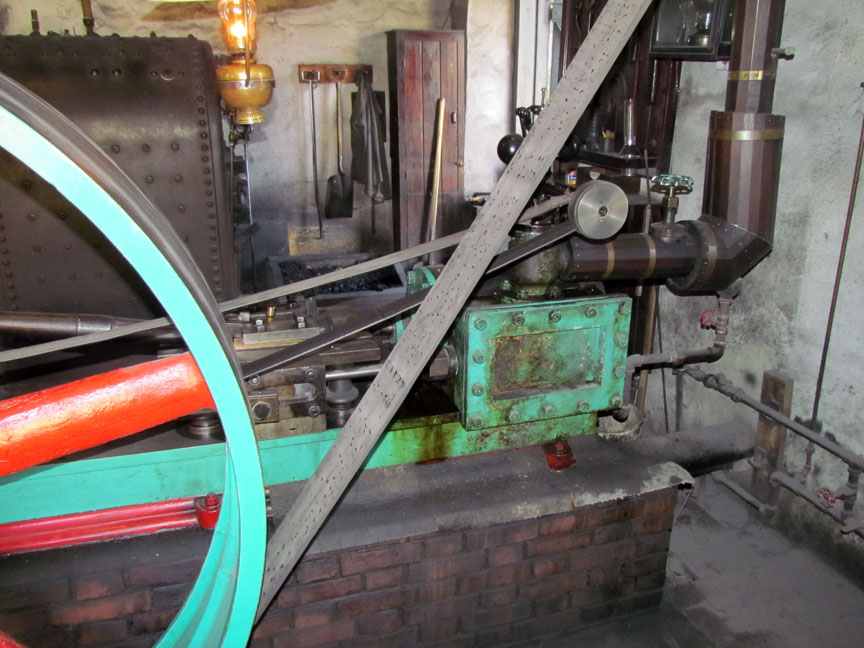

the boiler
Along the Brandywine
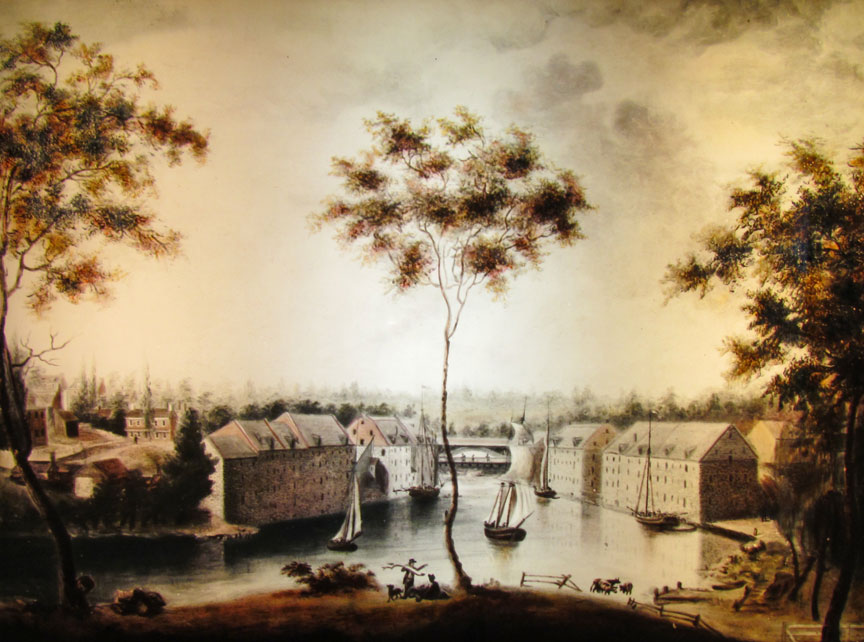
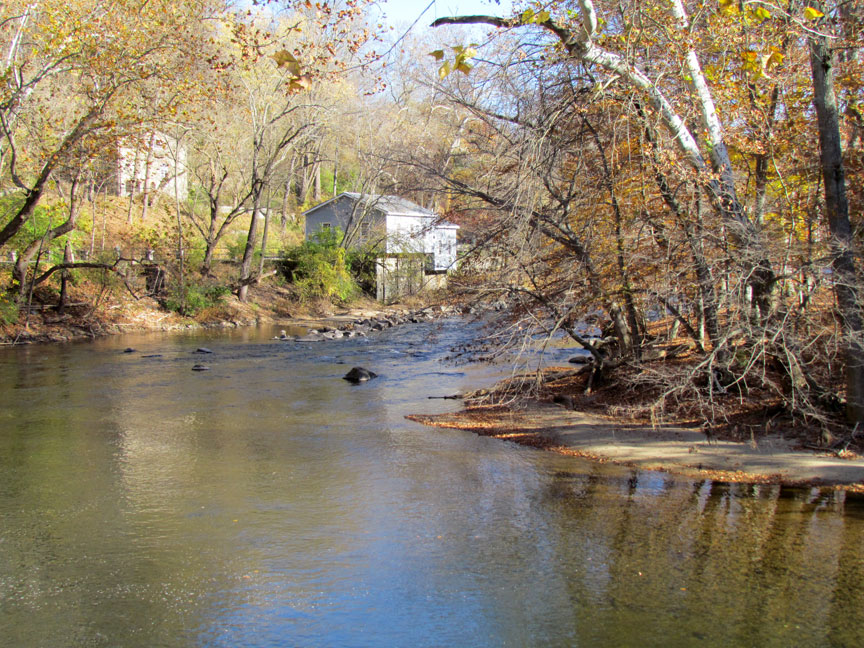
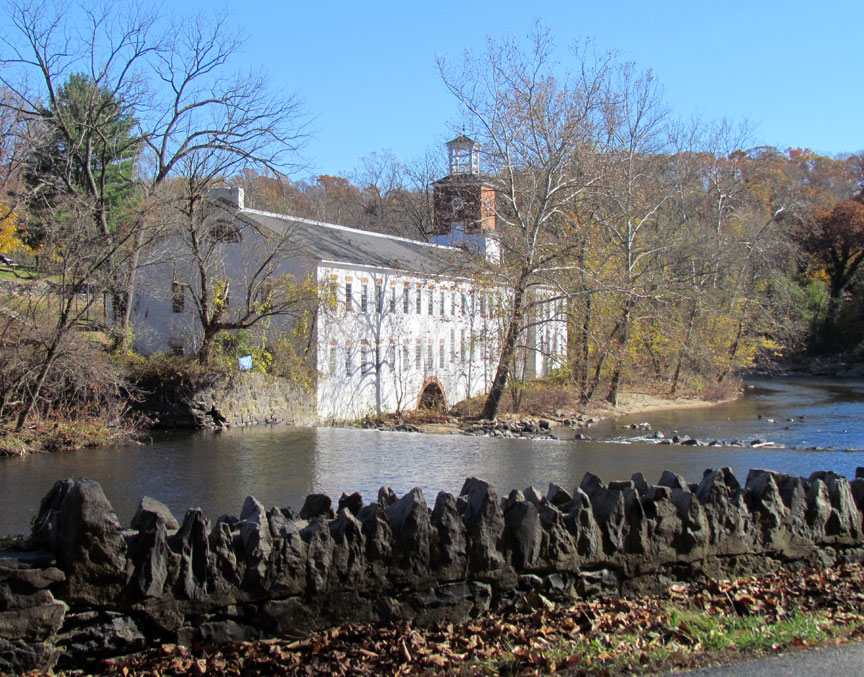
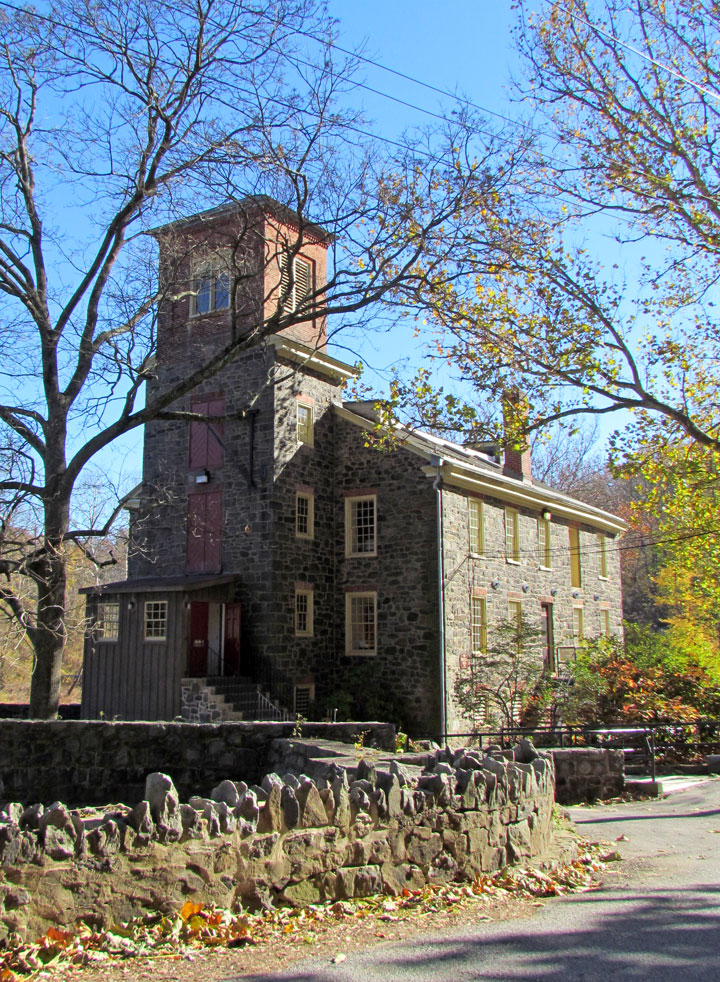
Breck's Mill
